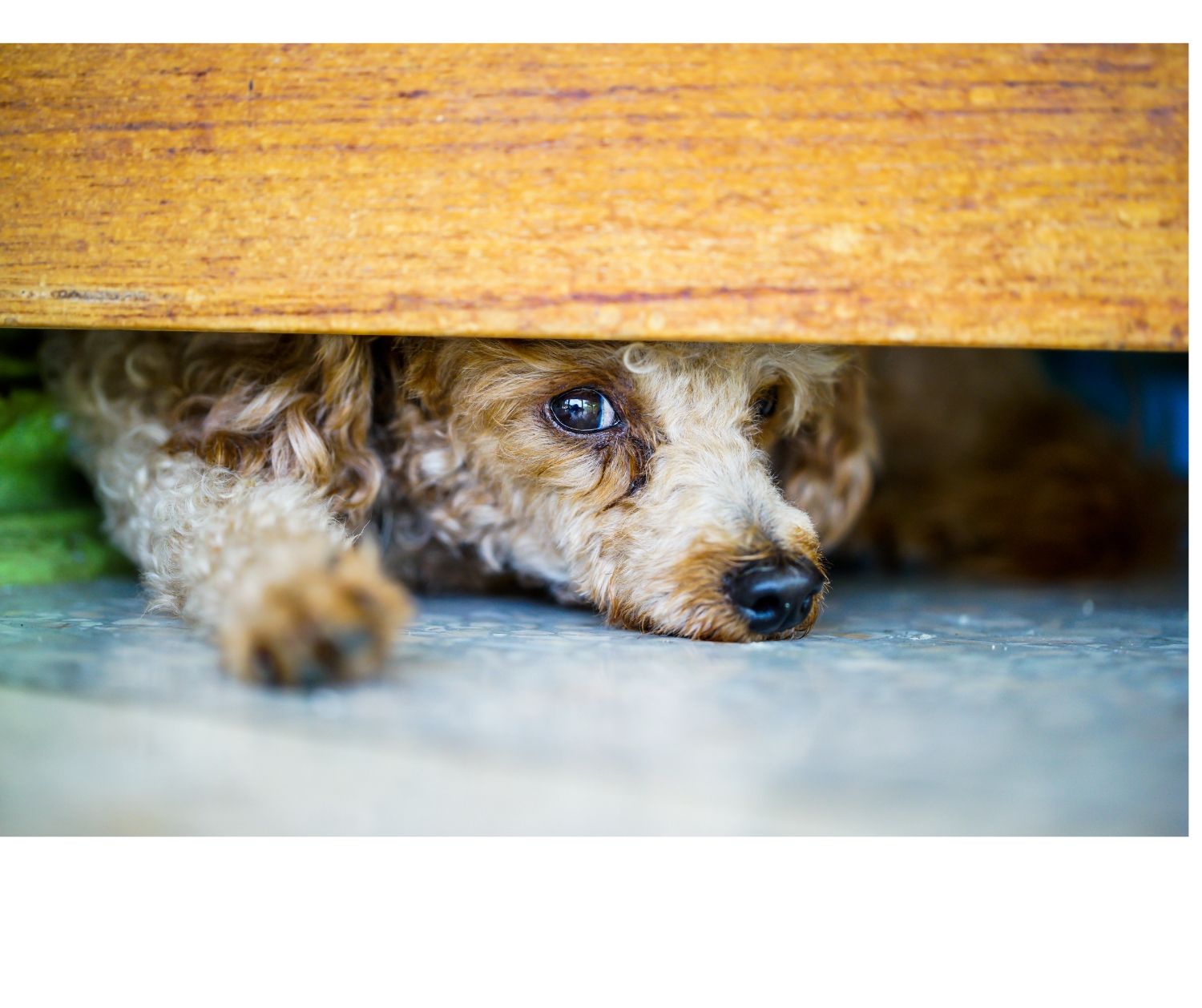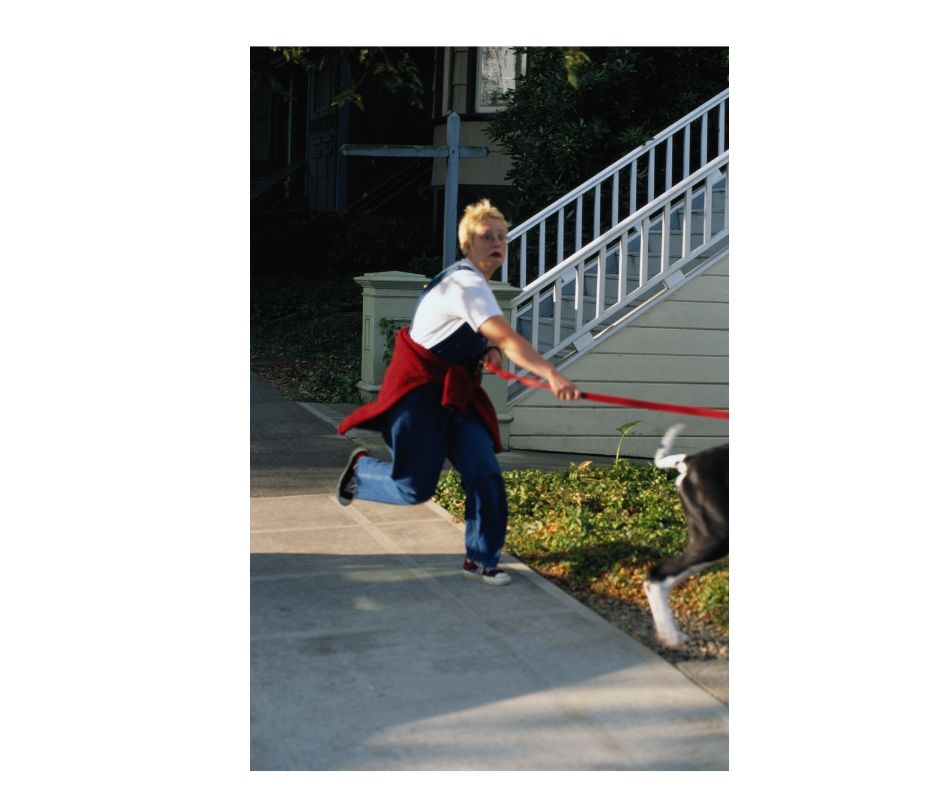The Magic Power of the Food Scatter
![20190531_165105[1] Relaxed dog while guests arrive](https://sarahlowelldogtraining.com/wp-content/uploads/2019/09/20190531_1651051-e1568501610744.jpg)
Introduction to Location Specific Markers
Always wanting to learn new methods and techniques to improve my dog training, over the past year or so I have attended seminars and workshops where I learned about “location specific marker cues” or “LSMs”. These marker cues work and are used the same way as the “click” of a clicker or a verbal marker like “YES!”, but they communicate way more information to the dog. Today’s post will focus on the “Food Scatter”.
Used correctly, LSMs can bring clarity to your training and reduce or eliminate your dog’s frustration. Not only do they predict where and how the treat or reward will be delivered (stay there and I’ll bring it to your mouth, you can move from your position and come to me to get the treat, I’ll toss the treat on the ground, etc.), and what kind of reinforcement they will be getting (toy or treat), but they can be used to change the dog’s emotional state.
Wait! What?!
I’ll repeat that. Location specific markers can change the emotional state of the dog. That’s right. In order to have an effective communication with a dog, he needs to be in a suitable emotional state to accept our cues. If a dog has “checked out” and would rather wander around sniffing or otherwise entertain himself, we’re wasting our breath if we give this dog a cue. Similarly, imagine a dog that goes wild when the doorbell rings. If a dog is so highly aroused, barking, jumping and carrying on, he will not even hear us if we were to try to give this dog a cue. Optimally a dog will be engaged with us, paying keen attention and eager and ready to work/play/train.
Location Specific Markers are versatile and can be used with many different types of dogs
For example, there are some dogs that are very laid back or otherwise not motivated to train with us. For those dogs we might use a “Toss” to mark the correct behavior (I’ll toss the treat on the ground and you can go chase it) to tap into their prey drive. This gets these dogs up and running, which can bring an aspect of fun to the training sessions. Here we are raising the emotional state of the dog to elicit more enthusiasm.
For fearful dogs, we need a different way to deliver the treat, because tossing it may be too intimidating. By pairing really delicious treats with a gentle delivery method, we can encourage confidence and diminish the dog’s fear.


At the other end of the spectrum are dogs who are very energetic, reactive, or otherwise excitable. These dogs bark at the doorbell, jump on your guests when they come in the door, lunge or pull on leash when they see other dogs or people. When working with this type of dog, we’ve got to lower their level of arousal to get them out of their basic instinct to react to a calmer, more thoughtful emotional state.
The “Food Scatter”
Enter the “Food Scatter”. Some people will say that there is no magic in dog training, but I think the Food Scatter really is magic! The results you can get by using this versatile Location Specific Marker are simply amazing.
What is the Food Scatter? It is a LSM cue that lowers your dog’s level of arousal. When you say that marker cue, it tells your dog that 5-8 treats are going to appear on the floor in a slightly spread out pattern. The food is delivered to the floor or ground, not to the dog’s mouth, and by bringing the dog’s focus to the ground, the dog will be less inclined to jump up. Used consistently, when you say “scatter” your dog will start looking down to the ground for the treats!
I want to reiterate that the quantity of treats really does matter. Here’s a video of me working with my dog, Bijou. She is excited about everything which is evident by her vocalizing and lunging on leash. You’ll see that up until about 2 minutes and 20 seconds into the video I’m using only one treat to reward her for walking with a loose leash and you can see how quick and jerky her movements are. There is nothing calm about her.
At 2:20, I change to “scatter” and you can see on the SECOND SCATTER that she has calmed down immensely. She is moving slower and her body is much more relaxed. Like I said, magic!
Why does the “scatter” work? When we offer the dog 5-8 treats spread out on the floor or ground, we are requiring him to scavenge for the treats and engage the part of his brain that processes thought rather than that part that controls his fight or flight response. When a dog is emotionally aroused, he is unable to process any cues we might give him, so training cannot occur. But if we can lower the dog’s level of arousal, he then is able to accept reinforcement for the behavior we want to reward, and learning can occur.
I’ve successfully used “scatter” to help develop confidence in dogs who were so afraid of me coming into their home that they would leave the room or hide under a piece of furniture. Using “scatter” with desensitization and counter-conditioning, I’ve been able to reduce the fear and get these types of dogs more comfortable meeting new people.
With reactive dogs, I’ve used the “scatter” to improve behavior on leash, to eliminate the pandemonium (barking, jumping up, etc.,) that can occur when guests ring the doorbell and come into the home, and to desensitize and counter-condition dogs to be more comfortable around strange dogs and people. With these types of dogs, I use “scatter” to immediately engage their sense of smell and interrupt their barking/jumping/ fill-in-the-blank-annoying-and-disruptive-behavior.
Repeating “scatter” frequently until their body language indicates they’re starting to calm down, we can then transition the “scatter” to become a true marker. When the dog can look at the trigger (the guest, the other dog, the garbage truck driving down the street) and not react, even if it is only for the briefest instant of time, we say “scatter” and scatter the treats on the floor or ground. Not only are we marking the good behavior, by using “scatter” we are helping the dog remain calm and in an emotional state where learning can occur.
By consistently using the “scatter” we can change our dog’s behavior.
This is a short video demonstrating the technique of delivering a “food scatter”.
If you think using food scatters can help you with your dog, comment below and tell me about your dog’s undesirable behavior and your plan to change that behavior.
The video of you and Bijou was amazing! Good job Bijou!
Bijou looks to be a really fun dog with lots of personality!
I am going to incorporate the scatter at the door! The barking and lunging at the door, even when it is closed, is extremely disruptive to our work days. The dogs feed off each other increasing intensity. I have been working with them on the doorbell, opening and closing the door, watching out the door as there are passerby’s and such but I think reading your article, scatter may be another tool in the toolbox to use!
Very good article. I’m dealing with a few of these issues as well..